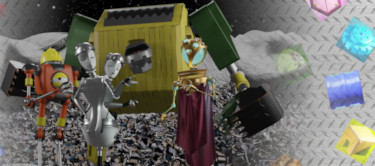

A fast block-stacking
score attack puzzle game
now out on Steam!
 | |
 |
Junk-o-Tron A fast block-stacking score attack puzzle game now out on Steam! |
 |
Follow game development on Bluesky |
 |
Videogames and demos on Itch.io |
 |
Tabletop RPGs on Itch.io |
 |
Links |
| Contact |